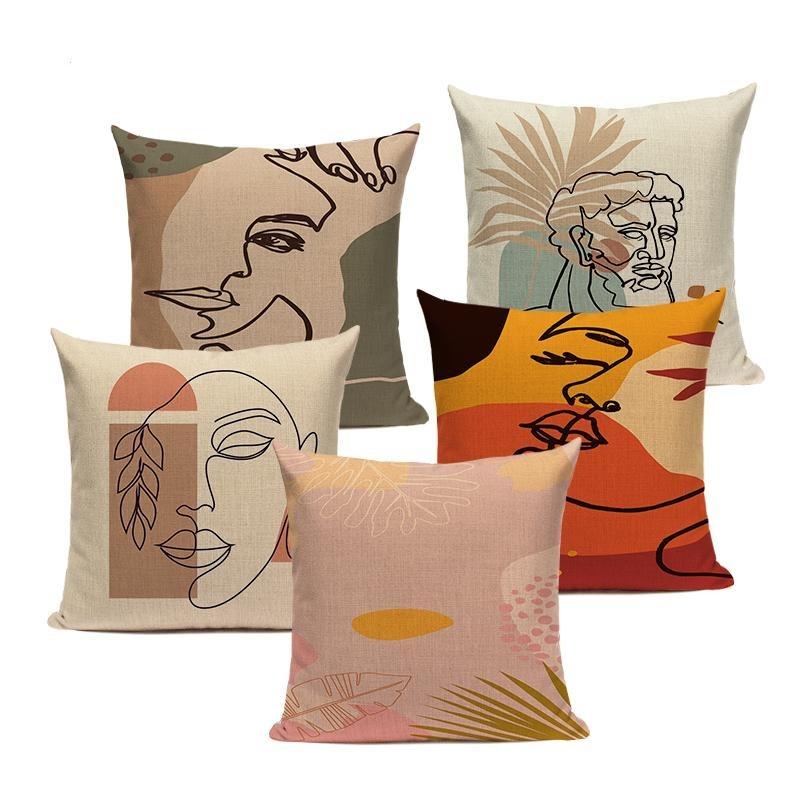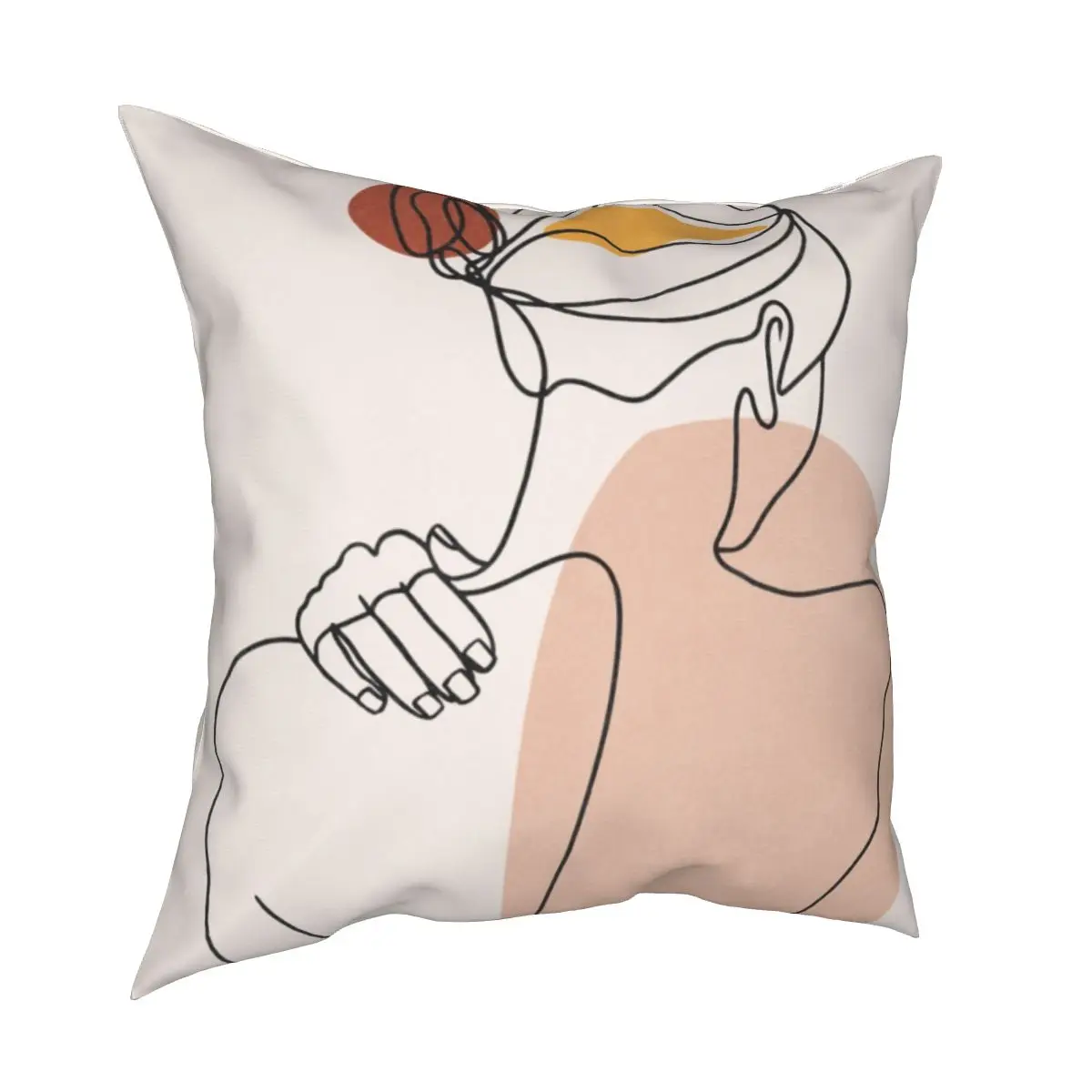The Facts About Unique Art Revealed
Table of Contents4 Easy Facts About Unique Art ShownOur Unique Art IdeasGetting My Unique Art To WorkWhat Does Unique Art Do?
While one might discuss which art kind holds priority, the reality continues to be that each of these seven forms offers a special home window right into human history, society, and evolution. They are the tapestries that chronicle our journey, advising us of our past while inspiring visions for the future.Fantastic art work tells a story, makes individuals look twice, and creates a distinct experience that can not be matched. Art and pictures interact all of that with shade, shape and other layout elements. Find out exactly how to make your unique artwork stand out from the crowd.
3 Emil DervishIn this entryway by Emil Dervish that beautiful cobalt blue door takes the show. To bring a lot more dramatization, he extended the paint. to the doorframe and the wall surface up, ending up in a curved form. The contours, in addition to a spherical sconce, soften the edges - Unique Art. After that frames vintage posters and maps of precious areas set the scene.
8 TRIA GIOVANEqual parts grand and laidback, this foyer developed by Anthony Baratta is the perfect plan to adhere to if you're enhancing an official entry that still really feels unfussy and comfortable. Patterned fabrics take center stage (see the carpetings and the couch), however they additionally help bring the high ceilings down to a human range when hung over wallpaper.
The Unique Art Diaries
18 Heidi Caillier DesignA gallery wall surface does not require to take up the entire space. Sometimes a little one can make a larger design statement. In this living room, Hiedi Caillier chose for micro-mini structures and a random structure.
The components of this languageits forms, lines, colours, tones, and texturesare used in various means to generate experiences of volume, area, activity, and light on a flat surface area. These components are integrated right into meaningful patterns in order to represent actual or supernatural phenomena, to translate a narrative theme, or to develop wholly abstract aesthetic relationships.
Later on the concept of the "great artist" established in Asia and Renaissance Europe. Noticeable painters were afforded the social standing of scholars and courtiers; they signed their job, chose its layout and usually its subject and images, and established a much more personalif not always amicablerelationship with their clients. During the 19th century painters in Western cultures started to shed their social setting and safe and secure patronage.
The Of Unique Art
Others gained a revenue through touring events of their work. The need to attract a market had replaced the similar (if much less impersonal) demands of patronage, and its impact on the art itself was possibly similar too. Unique Art. Usually, musicians in the 20th century can get to a target market just via our website commercial galleries and public museums, although their job might have been occasionally duplicated in art periodicals
For the history of paint in old Egypt, see Egyptian art and architecture. The growth of paint in different areas is treated in a number of short articles: Western painting; African art; Central Oriental arts; Chinese painting; Islamic arts; Japanese art; Korean art; Indigenous American art; Oceanic art and design; South Eastern arts; Southeast Asian arts. It is the feeling of inevitability in this official organization that offers an excellent painting its self-sufficiency and existence. The colours and positioning of the principal photos in see this a layout may be in some cases mostly made a decision by representational and symbolic factors to consider. Yet it is the official interplay of colours and forms that alone is capable of interacting a certain mood, generating optical feelings of area, quantity, activity, and light and developing forces of both consistency and tension, also when a paint's narrative significance is unknown.
Do not replicate the style of other artists if you're attempting to find your design. Copying other people's art work can be terrific in academic purposes however it will certainly not make you closer to discovering your own special style. Your creative design needs to be, what you like and what motivates you.

Unique Art Can Be Fun For Everyone
You need to attempt whole lots of various options and explore whatever before you can focus on one certain design or you'll be tired, or worse, you'll hate your own design. I suggest you to try every single subject that you're interested in, explore as much as you can. Attempt different mediums that thrill you and new techniques you have actually never ever attempted prior to.
With time you'll be able to arrange all of them right into your favorite and the very least favored categories. Try to focus your attention on the subjects and mediums that you like and before you see it coming you'll have your own individual and special style, like nobody else have! In the end you'll have a couple of favored topics to repaint and possibly a couple of favored tools.
